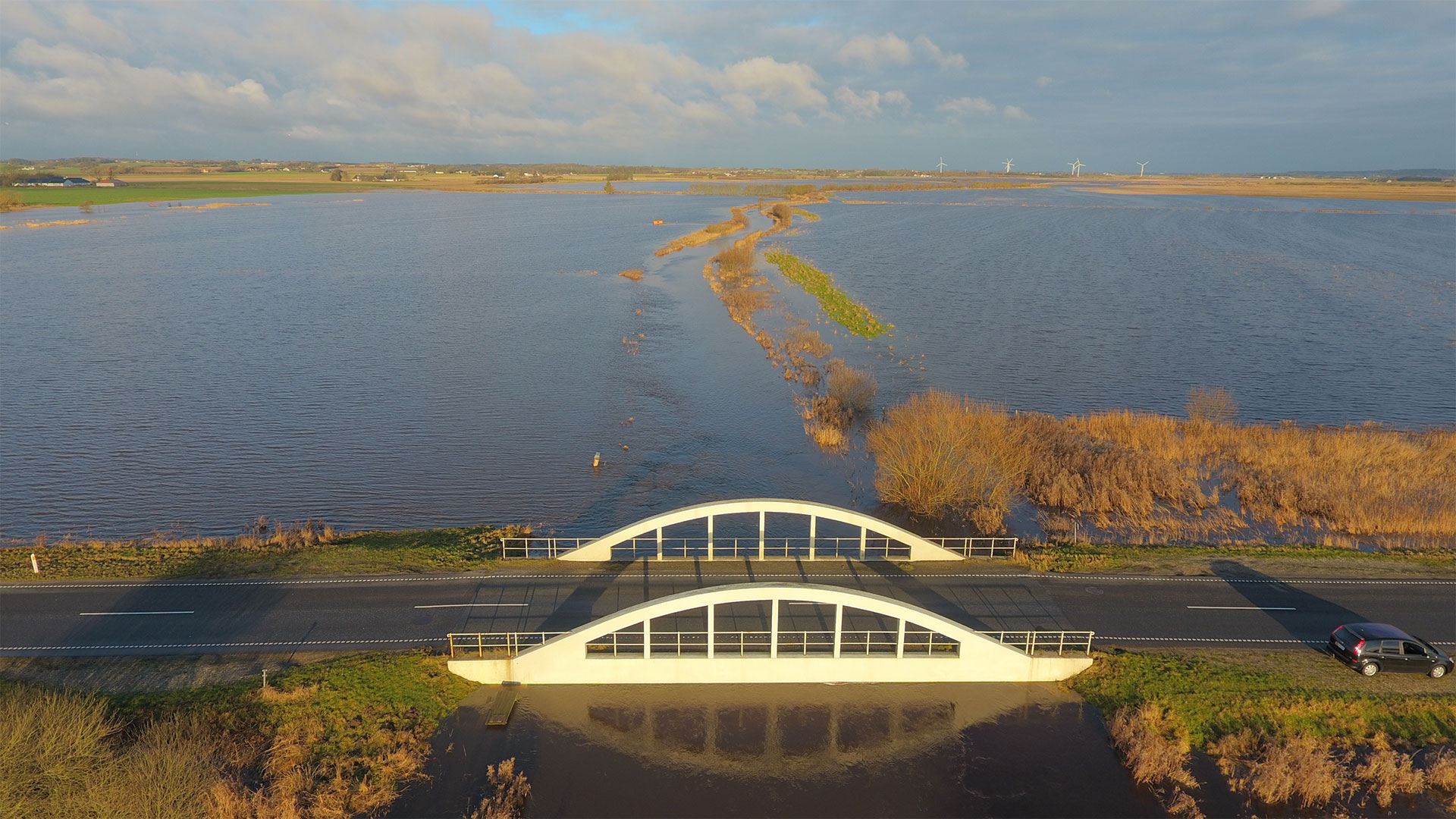Faster calculations and decisions
Accurate calculations are crucial – not only when citizens and emergency services need to get water tubes and sandbags ready, but also when, for example, municipalities need to decide how best to expand their drainage systems to handle the wetter climate of the future. Traditional simulations can easily produce rock-solid calculations of systems’ ability to divert water under different scenarios – but according to Roland Löwe, they take forever to complete.
"In practice, this means that every time planners need to analyze something, they have to hire consultants who disappear into a box for two months before they can come back with results. And that's just too inconvenient," he explains.
To shorten the computation time while maintaining the physical accuracy, the researchers rely on scientific machine learning, a branch of artificial intelligence that combines two different approaches.
Two approaches in one
One is machine learning, where a computer figures out how to analyze a large amount of data and makes predictions without having a theoretical understanding of the phenomena it is analysing. The spam filter in your email or the facial recognition feature in your phone are examples of machine learning.
The other approach is scientific computing, which can, for example, simulate physical processes, which in this case is how water moves through a given space under the influence of several factors.
"The advantage of combining the two approaches is that you get machine learning models that have a built-in understanding of how the system is expected to behave. This helps to ensure that the models generate fast predictions that make sense physically and aren’t all over the place, which can be a problem with machine learning models," says Roland Löwe.
In a project where the professor, along with startup WaterZerv and Associate Professor at DTU Allan Peter Engsig-Karup, used scientific machine learning to predict the movement of water through drainage systems, they managed to perform calculations 100 times faster than with traditional models.
"So instead of outsourcing a project, you can gather the relevant decision-makers in a room to run the models live and get the results more or less immediately. You can then sit down and try out different options to find the best solution for a given situation," he explains.

